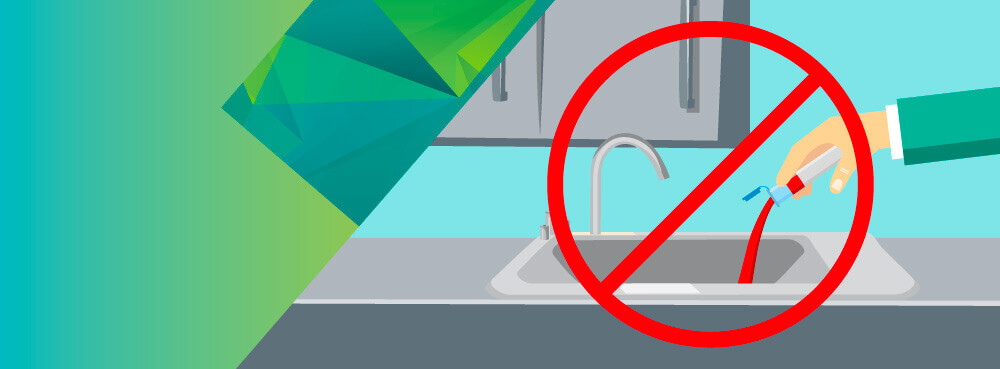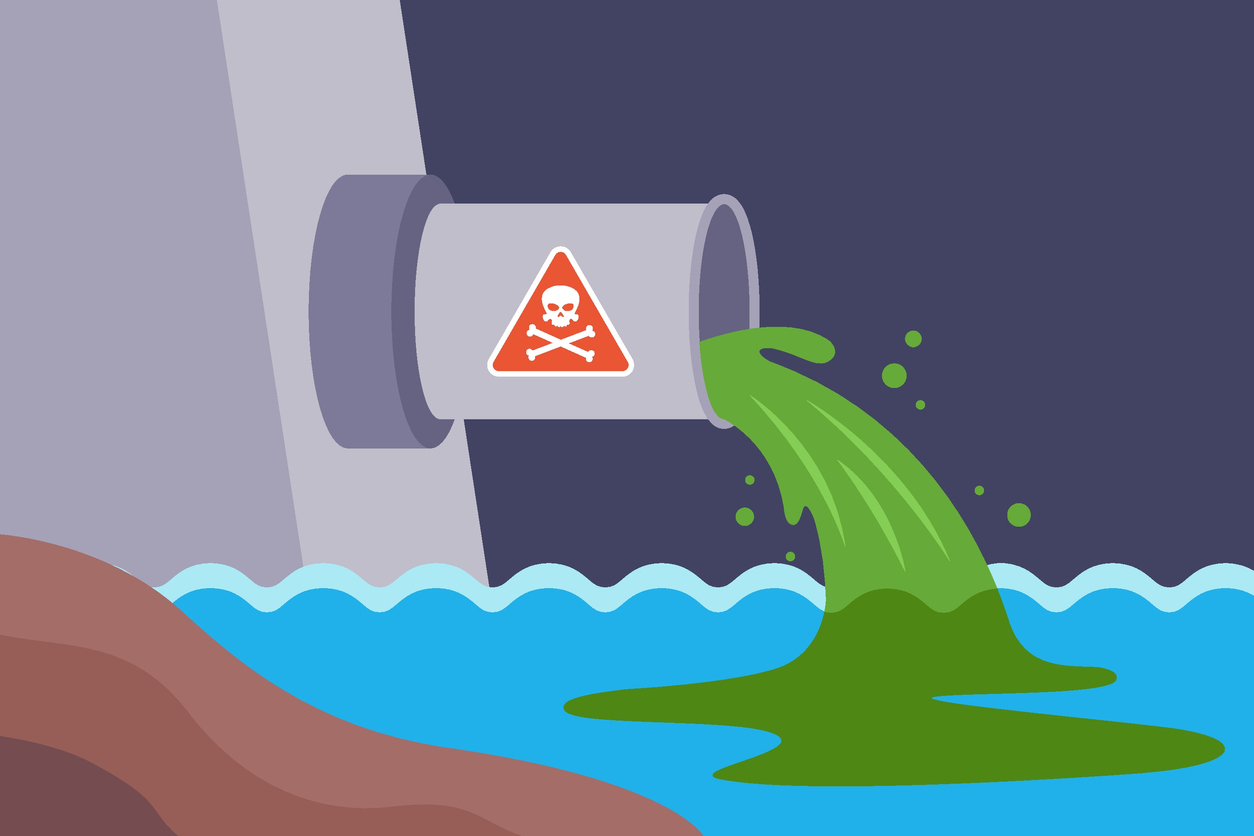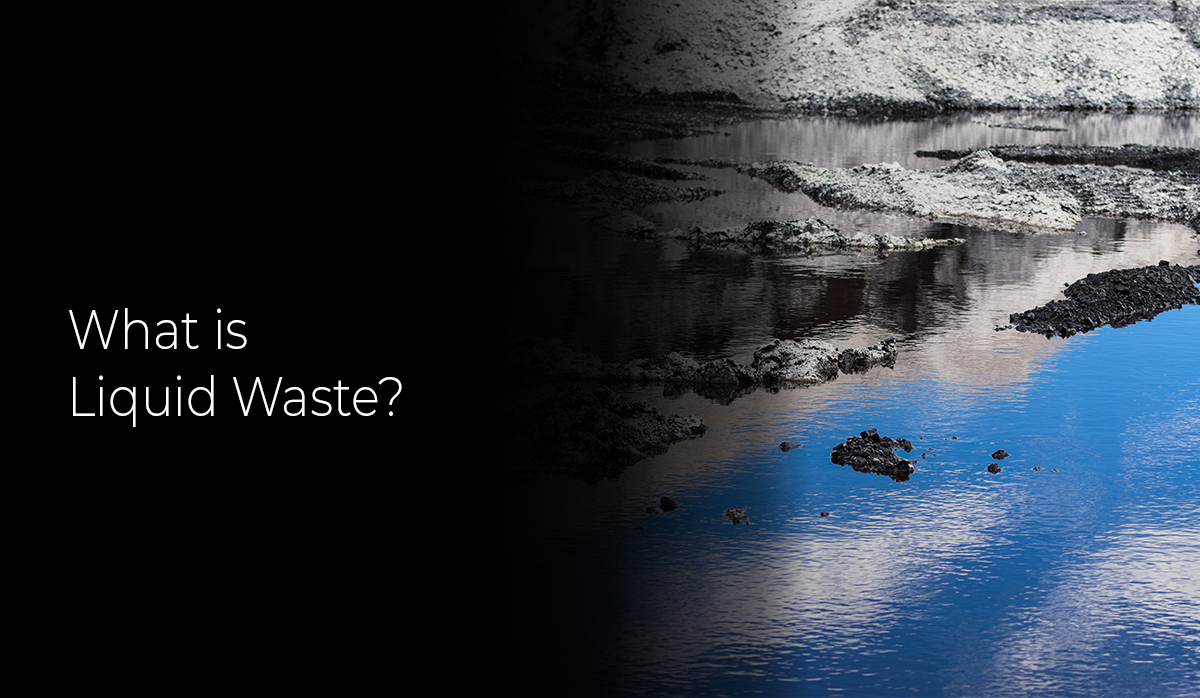How Liquid Waste Disposal Functions: A Comprehensive Overview of Techniques and Technologies Employed

Introduction of Fluid Waste Types
The intricacy of liquid waste kinds necessitates a complete understanding of their features and effects for disposal. Liquid waste can broadly be categorized into several types, consisting of commercial, community, farming, and hazardous waste. Each category displays distinctive properties, needing specific administration approaches to mitigate environmental and wellness threats.
Industrial fluid waste stems from producing procedures and frequently consists of a series of pollutants, such as hefty metals, solvents, and natural substances. Municipal fluid waste, mostly making up wastewater from families and industrial establishments, contains organic issue, nutrients, and pathogens (industrial wastewater treatment). Agricultural liquid waste, including drainage from ranches, might consist of fertilizers, pesticides, and animal waste, posing risks to water high quality and environments
Dangerous fluid waste is characterized by its toxicity, sensitivity, or potential to create injury. This classification consists of substances like acids, bases, and certain chemicals that demand stringent handling and disposal protocols. Understanding these varied liquid waste kinds is vital for creating reliable disposal methods and making sure compliance with environmental guidelines. Proper classification and characterization are essential for executing proper therapy techniques and decreasing the unfavorable influence on public health and wellness and the setting.
Physical Therapy Techniques

Testing is the initial action, where bigger bits and debris are removed from the fluid waste making use of screens or grates. In sedimentation containers, much heavier fragments clear up at the bottom, developing a sludge layer, while the clarified fluid can be further dealt with.
Purification is an additional vital method that includes passing the liquid through porous materials, such as sand or membrane layers, to record smaller sized bits. This action enhances the quality of the liquid, making it appropriate for succeeding therapy procedures.

Chemical Treatment Strategies
Chemical treatment methods are important for effectively handling liquid waste, particularly in addressing dissolved and colloidal contaminants that physical techniques might not properly remove. These techniques make use of different chemical agents to neutralize, speed up, or change dangerous substances right into much less dangerous kinds.
One common method is coagulation and flocculation, where chemicals such as alum or ferric chloride are included to promote the gathering of put on hold fragments. This process enhances sedimentation, permitting for easier elimination of the resulting sludge. Additionally, oxidation processes, using agents like chlorine or ozone, are used to break down complicated organic compounds and microorganisms, providing the waste much safer for discharge or further therapy.
Neutralization is one more critical technique, which adjusts the pH of acidic or alkaline waste streams to neutral degrees, protecting against potential harm to downstream systems and the environment. Furthermore, advanced oxidation procedures (AOPs) utilize mixes of oxidants and ultraviolet light to degrade persistent toxins, attaining a greater level of therapy performance.
Organic Therapy Processes
Biological therapy processes play an important role in the administration of liquid waste by making use of microorganisms to break down raw material and decrease contaminant levels. These procedures can be extensively classified into anaerobic and cardiovascular treatments, each employing specific microbial neighborhoods to attain effective waste deterioration.
Cardio treatment involves the use of oxygen to facilitate the break down of organic products by microorganisms. This procedure is generally applied in turned on sludge systems, where aeration storage tanks offer a helpful atmosphere for microbial growth, bring about the oxidation of natural contaminants. The resultant biomass can be divided from dealt with effluent with sedimentation.
In comparison, anaerobic treatment takes place in the absence of oxygen, relying upon different microorganisms to damage down raw material. This method is specifically advantageous for high-strength waste, as it produces biogas, a renewable resource resource, while lowering sludge production. Technologies such as anaerobic digesters are frequently employed in community and commercial applications.
Both anaerobic and aerobic biological treatments not just reduce the ecological impact of liquid waste yet likewise assist in resource recovery, making them essential elements of lasting waste monitoring methods. Their efficiency, flexibility, and effectiveness support their widespread implementation across numerous industries.
Arising Technologies in Disposal
Innovative methods to liquid waste disposal are swiftly advancing, driven by improvements in modern technology and an increasing emphasis on sustainability. Amongst these emerging innovations, membrane layer bioreactors (MBRs) have gotten traction for their ability to combine biological therapy with membrane layer filtration, resulting in premium effluent that can be original site reused in various applications. MBRs enable smaller sized footprints and more efficient operations contrasted to conventional systems.
One more appealing growth is the use of anaerobic digestion combined my explanation with nutrient healing technologies, which not only treats fluid waste however additionally creates biogas and recuperates important nutrients like nitrogen and phosphorus. This double benefit boosts source effectiveness and minimizes ecological effect.
Furthermore, progressed oxidation procedures (AOPs) are being adopted for the deterioration of complicated organic contaminants. These methods make use of effective oxidants and stimulants to break down impurities at the molecular degree, offering a very effective service for challenging waste streams.
Furthermore, the combination of expert system and artificial intelligence in waste monitoring systems is enhancing functional effectiveness and anticipating maintenance, resulting in reduced costs and improved environmental conformity. These technologies reflect a significant change towards more efficient and sustainable fluid garbage disposal practices.
Verdict
To conclude, reliable liquid waste disposal necessitates a comprehensive understanding of different techniques and technologies. The combination of physical, chemical, and biological treatment approaches guarantees the effective management of varied waste types. Moreover, the emergence of innovative innovations enhances treatment efficacy and advertises sustainability in waste monitoring techniques. By continuously progressing these approaches, it ends up being possible to address the growing difficulties connected with liquid waste, ultimately adding to ecological defense and source recuperation. this post
Liquid waste disposal is an important element of environmental administration, calling for a comprehensive understanding of various strategies and modern technologies tailored to different waste types. Liquid waste can extensively be categorized right into several types, including industrial, municipal, farming, and dangerous waste. Agricultural fluid waste, consisting of drainage from farms, may have fertilizers, chemicals, and animal waste, positioning threats to water quality and environments.
Different physical therapy approaches play a crucial role in handling fluid waste effectively - industrial wastewater treatment.In conclusion, effective fluid waste disposal demands a thorough understanding of different strategies and innovations
Comments on “Industrial Wastewater Treatment: Advanced Techniques for Effective Administration”